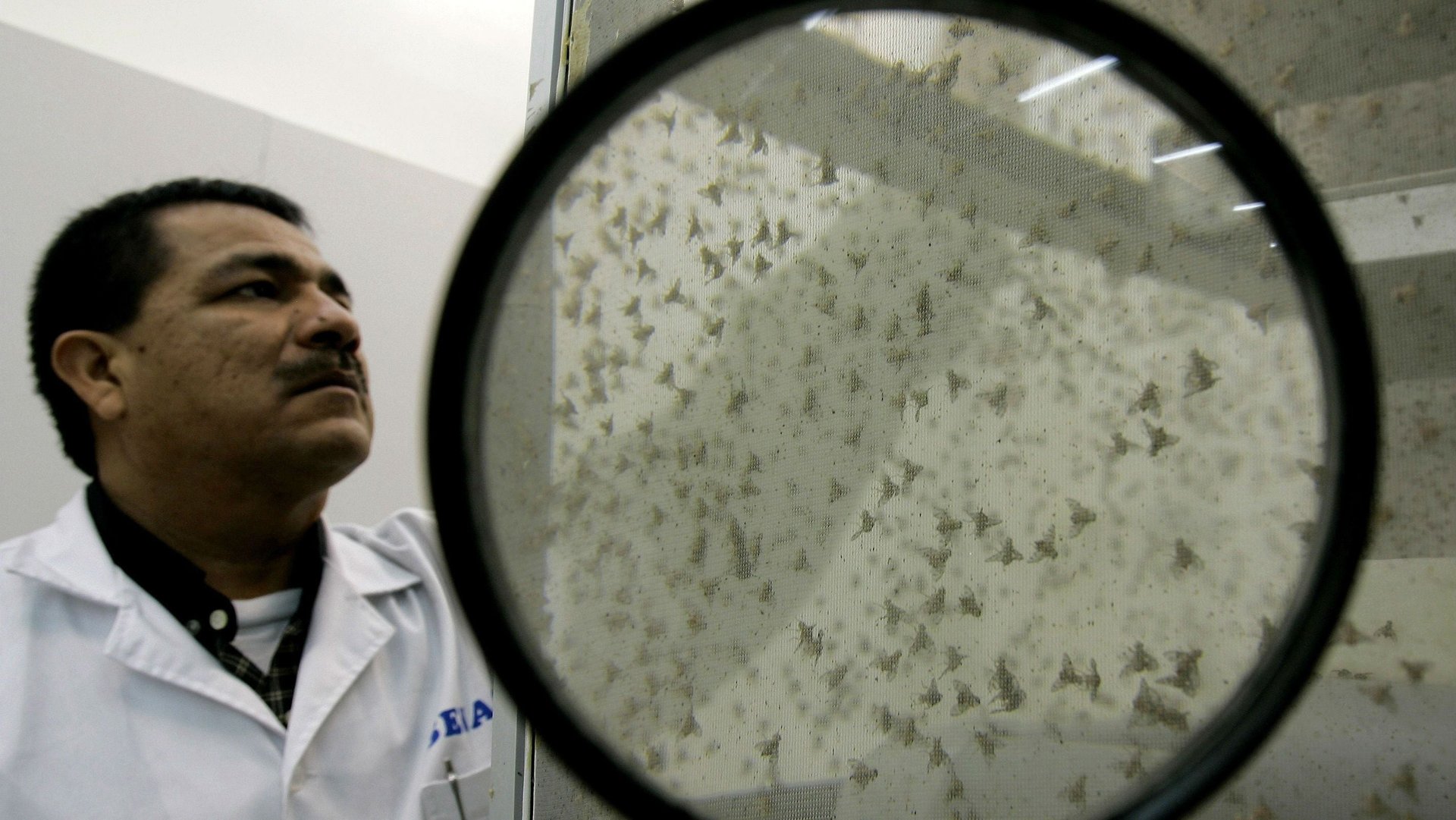This fruit-fly genomics paper has 1,014 authors
Talk about due credit: A paper published in the May issue of the journal G3, Genes, Genomes, Genetics has perhaps the most extensive list of contributors ever seen in a biology publication. The total number of authors is 1,014. Sarah Elgin, researcher at Washington University in Saint Louis, Missouri who led the project, thought it fair to credit all those involved in her study of the Drosophila (or fruit-fly) genomics. As presumably many other professors do, she enlisted undergraduate students (over 900 of them) to help with tasks such as cleaning up repetitive DNA sequences.


Talk about due credit: A paper published in the May issue of the journal G3, Genes, Genomes, Genetics has perhaps the most extensive list of contributors ever seen in a biology publication. The total number of authors is 1,014. Sarah Elgin, researcher at Washington University in Saint Louis, Missouri who led the project, thought it fair to credit all those involved in her study of the Drosophila (or fruit-fly) genomics. As presumably many other professors do, she enlisted undergraduate students (over 900 of them) to help with tasks such as cleaning up repetitive DNA sequences.
The study, which was also meant as a training exercise for the students, credited them as authors. While according to science publication Nature, such a long list of authors is rather common in particle physics papers (one such, about the Higgs boson, listed 2,932 authors), the same isn’t true of biology research.
Some have reacted with sarcasm, while others were happy to be quoted as authors of what is likely their first published paper. Some, finally, had more practical concerns (indeed, crediting the article that credits all its authors will be a tough business);
Perhaps accidentally, this paper’s publication has resulted in a vivid, near philosophic discussion about what makes an author. Reassuringly, “science” has a definition: The International Committee of Medical Journal Editors lists specific requirements for someone to be credited as a paper author. It seems unlikely that all 1,041 authors of ”Drosophila Muller F Elements Maintain a Distinct Set of Genomic Properties Over 40 Million Years of Evolution” would meet all of them, and perhaps they should appear as “contributors” instead.
Elgin, director of the Genomics Education Partnership (GEP) program (the program in which the students were involved), said, “one of our big goals was to publish a paper with the students as co-authors. We wanted them to be able to look themselves up on PubMed!” Which is fair enough.